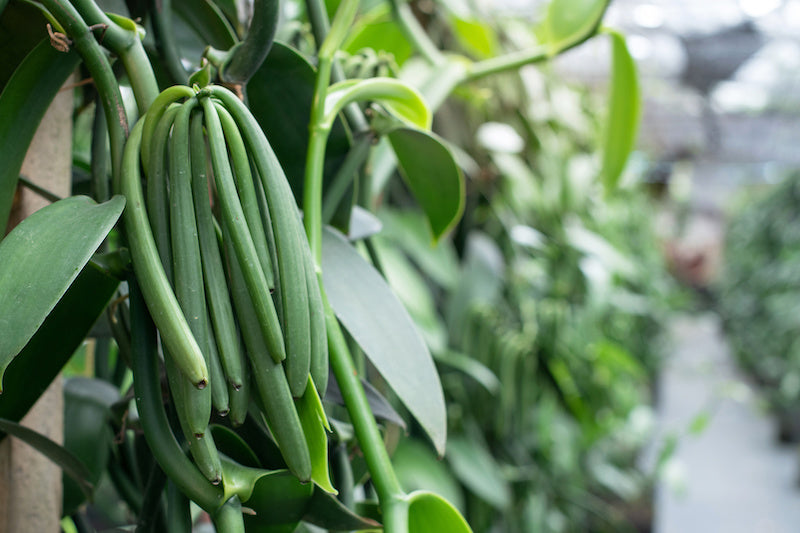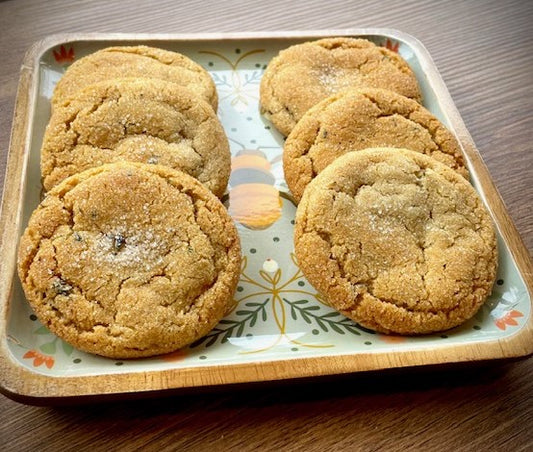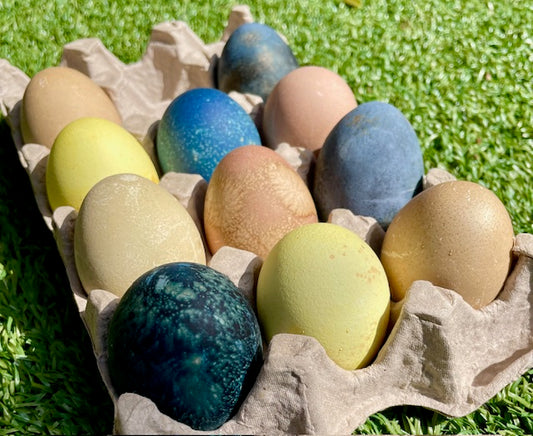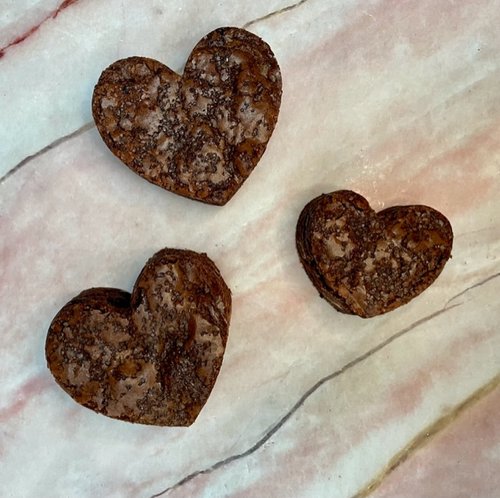Vanilla, with its intoxicating aroma and rich flavor, is a treasure in the world of culinary delights. Derived from the orchid species Vanilla planifolia, vanilla beans undergo a fascinating process before gracing our kitchens with their sweet, aromatic essence. In this article, we'll delve into the journey of vanilla, from cultivation to its myriad uses in cooking and baking.
Cultivating Vanilla: A Labor of Love
Vanilla beans are cultivated primarily in tropical regions around the world. The process begins with hand-pollination, a delicate and time-intensive task. The vanilla orchid, native to Central America, produces fragrant white flowers that bloom for only a few hours. To ensure successful pollination, skilled farmers carefully hand-pollinate each flower, a process that demands both expertise and patience.
Once the flowers are pollinated, they develop into green pods known as vanilla beans. These beans undergo a meticulous curing process, which involves sun-drying them during the day and allowing them to sweat in wooden boxes at night. This process can take several weeks, during which the beans undergo chemical changes that bring out their characteristic flavor and aroma.
The Art of Extracting Vanilla
The most common form of vanilla used in cooking and baking is vanilla extract. To create this precious liquid, cured vanilla beans are macerated in alcohol, typically a mixture of water and ethyl alcohol. Over time, the alcohol extracts the flavor compounds from the beans, resulting in the familiar aromatic essence.
Quality vanilla extract is characterized by a deep, complex flavor profile, with notes of sweetness, warmth, and subtle floral undertones. The potency of the extract is often determined by the number of vanilla beans used and the duration of the extraction process.
Versatile Vanilla in the Kitchen
Vanilla is a versatile ingredient that elevates a wide range of dishes. Its warm, comforting aroma and sweet, floral flavor enhance both sweet and savory creations. Here are some popular culinary applications of vanilla:
1. Baking
Vanilla is a cornerstone of many baked goods, from cookies and cakes to pastries and bread. A splash of vanilla extract can transform a simple recipe into a delectable treat.
2. Desserts
From creamy custards to velvety puddings and luscious ice creams, vanilla is a star player in the world of desserts, imparting a rich, aromatic sweetness.
3. Beverages
Vanilla adds depth and warmth to beverages like coffee, hot chocolate, and cocktails. A hint of vanilla can turn an ordinary drink into a comforting indulgence.
4. Savory Dishes
Surprisingly, vanilla also finds its place in savory dishes. It can be used to enhance the flavor of sauces, marinades, and even certain meat dishes.
5. Infused Ingredients
Infusing vanilla into ingredients like sugar, cream, or butter imparts a subtle, yet delightful flavor that can be the secret ingredient in many recipes.
Using the Whole Bean: A Gourmet Experience
For those seeking an even more intense vanilla flavor, using the whole bean is a gourmet delight. Split the bean lengthwise and scrape out the tiny black seeds, known as vanilla caviar. This fragrant treasure can be used to infuse creams, custards, and even syrups with an exquisite depth of flavor.
The Rarest Type: Tahitian Vanilla
Tahitian vanilla, derived from Vanilla tahitensis, is renowned for its unique floral and fruity notes. It is considered one of the rarest and most sought-after types of vanilla due to its delicate flavor profile and limited production.
Madagascar Vanilla: The Crown Jewel of Vanilla
Madagascar vanilla, also known as Bourbon vanilla, is revered for its exquisite quality and bold, sweet aroma. Grown on the island of Madagascar, this vanilla is known for its rich, creamy flavor and is often considered the gold standard for vanilla extract.
Exploring the Essence of Vanilla
From the lush orchid vines to the aromatic extract that graces our kitchens, the journey of vanilla is a testament to the artistry and dedication of farmers and artisans. Its sweet, fragrant presence in our culinary creations is a gift that elevates even the simplest of dishes into something truly special. So, the next time you savor a vanilla-kissed treat, take a moment to appreciate the remarkable journey that brought it to your plate.




